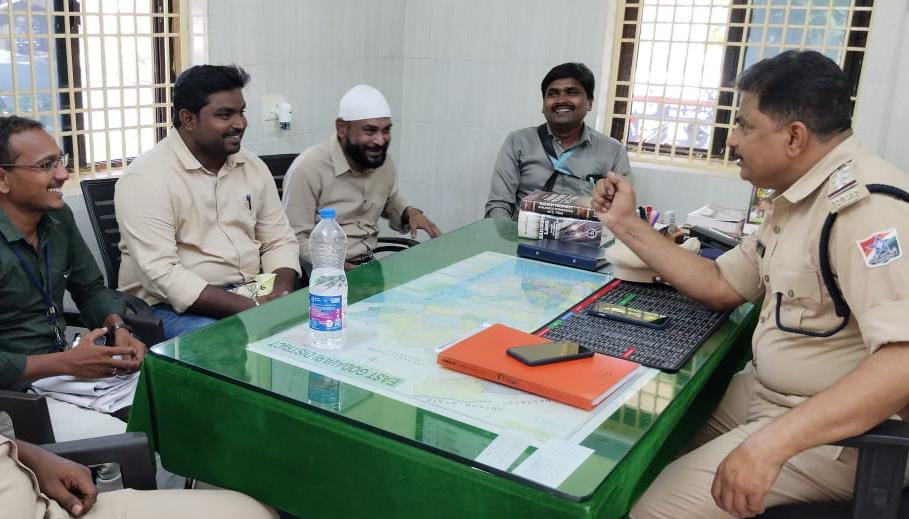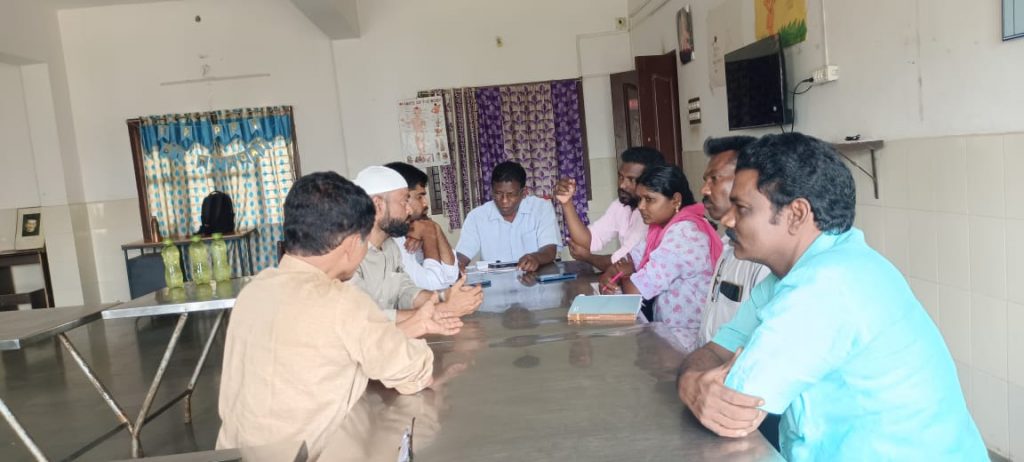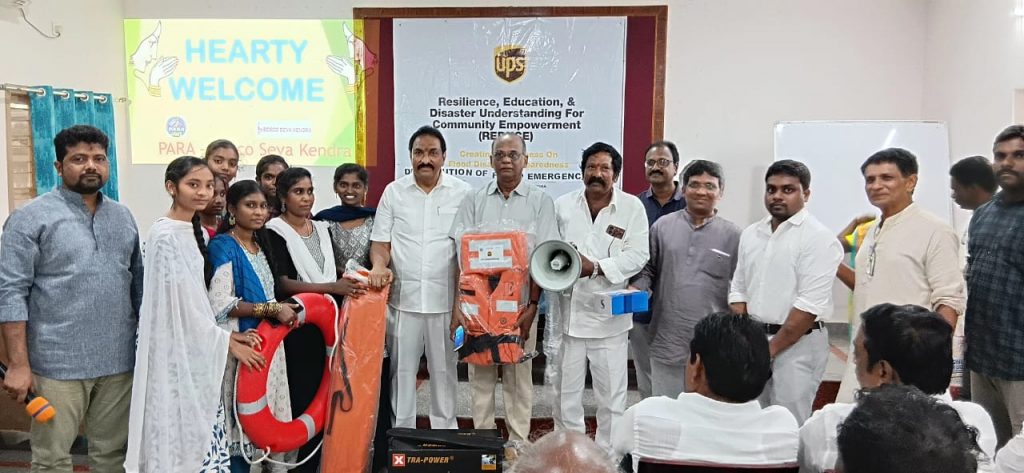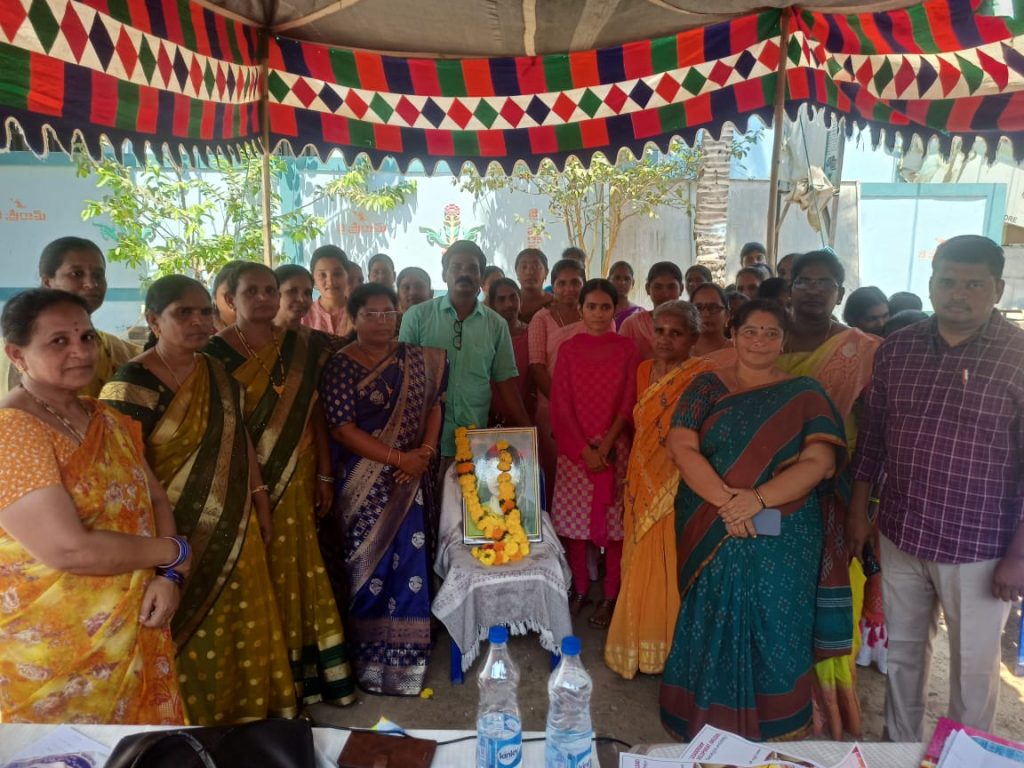Musk’s XAI Reportedly Planning Chatbot App Rival to OpenAI’s ChatGPT
Game On: Chime offers gamified financial education through partnership with Zogo
However, the researchers argued that customer service is the least risky use of AI for businesses. And when Google rolled out its AI chatbot Gemini earlier this year, it produced historically inaccurate images of people of color. The company paused and then relaunched the chatbot’s image-generation tool after public backlash. The bot used inappropriate language in a customer support exchange and criticized the company. A UK mail distribution service’s use of AI is malfunctioning— its online support chatbot swore at a customer, the BBC reports.
This could be great for people questioning their sexuality, or those wanting to test out kinks like BDSM, which might not be appealing to their partner or potentially disruptive to their relationship, Marsh said. National pizza chain Pizza Hut announced plans to unveil a Facebook Messenger and Twitter chatbot for ordering. This machine learning algorithm, known as neural networks, consists of different layers for analyzing and learning data. Inspired by the human brain, each layer is consists of its own artificial neurons that are interconnected and responsive to one another.
Unlike OpenAI’s chatbot, which has guardrails over what it can say, xAI said that Grok has a “rebellious streak” and would answer “spicy” questions other AI models won’t. Given the potential chatbots offer, developers and brands are scrambling to be a part of the chatbot ecosystem. More than 20,000 chatbots have been created on Kik’s Bot Shop since it launched in April. That’s a 223% jump from the 6,000 bots CEO Ted Livingston mentioned at TechCrunch Disrupt in May 2016. Publishers and other copyright holders fear Google and Microsoft could drive traffic away from their websites by using their own data to return information directly within search results. And consumers have been using chatbots to have conversations of a sexual nature, something Character.ai explicitly prohibits.
While the bot revolution is still in the early phase, many believe 2016 will be the year theseconversational interactions take off. “You probably don’t just want to only receive images of people of just one type of ethnicity (or any other characteristic).” As you stream the previous eight films in the franchise, the Facebook Messenger chatbot will chime in to share images and clips, as well as facts about their production. As you can see in one of the screenshots, it can go into a lot of detail, especially when cars are involved. You can access the chatbot by visiting the Fast & Furious Facebook page and tapping the Messenger icon. When you first launch the chatbot, it will ask you about your familiarity with the franchise to tailor the experience.
For instance, you can set up automated lead distribution, which assigns new prospects to team members based on characteristics such as area or property value. Powered by AI technology, the tool continually optimizes for maximum results and enables ad viewers to click on your website and register their details. This can save realtors the financial and labor resources required to manually optimize keyword parameters on third-party ad platforms. Chime CRM’s vast array of features can seem overwhelming at first, but they form a comprehensive end-to-end solution for generating, communicating with, and closing real estate leads. A combination of IDX website building, customizable workflows, and automated marketing tools give Chime CRM an edge in the real estate CRM market despite lacking manual qualification of warm leads.
How AI tools like ChatGPT are changing the workforce:
The left-hand side toolbar lists possible actions, such as activating AI Assistant or updating a pipeline stage. The Chime CRM team releases regular product updates, indicating that the company proactively addresses user feedback. You can customize its pre-existing website templates using drag-and-drop functionality and provide website visitors with up-to-date property details by connecting to a multiple listing service (MLS).
The Wall Street Journal reported that the company paid $2.7 billion for the deal, which was primarily aimed at bringing the 48-year-old Shazeer back into the fold. The pair left Google in 2021 after the company reportedly refused a request to release a chatbot the two had developed. Jain said the bot the pair developed at Google was the “precursor for Character.AI.” The spokesperson added that Character.AI was introducing additional safety features, such as “improved detection” and intervention when a user inputs content that violates its terms or guidelines. “A dangerous AI chatbot app marketed to children abused and preyed on my son, manipulating him into taking his own life,” Garcia said in a statement shared with BI last week.
I created a chatbot of myself and had it answer my Instagram DMs. Boy, was I annoying.
With Fast & Furious 9 coming out on June 25th, Facebook and Universal Pictures are releasing a new second-screen experience called Movie Mate to give both longtime fans and newcomers a new way to experience the series. If these responses are true, it may explain why Bing is unable to do things like generate a song about tech layoffs in Beyoncé’s voice or suggest advice on how to get away with murder. Liu, an undergrad who is on leave from school to work at an AI startup, told Insider that he was following Microsoft’s AI moves when he learned that it released the new version of its web browser Bing earlier this week. He said he immediately jumped on the opportunity to try it — and to try to figure out its backend.
The AWS Chatbot will deliver essential notifications to members of your DevOps team, and relay crucial commands from users back to systems, so everything can keep ticking along as necessary in your digital environment. With minimal effort, developers will be able to receive notifications and execute commands, without losing track of critical team conversations. What’s more, AWS fully manages the entire integration, with a service that only takes a few minutes to set up. Elon Musk is also a key figure on the platform and there are reportedly around a dozen versions of the outspoken billionaire, including “cheese” and a “kind, gassy, proud” unicorn.
Enter your questions in the chat box.
But it can take forever to pick out every implicit assumption or overt statement that needs verifying. By using a few carefully honed prompts, I can identify and deal with any inaccuracies at a glance. Sure, I still need to manually verify whatever Bard spits out, but these four prompts help me fact-check quickly, saving me time by making the artificial intelligence do the heavy lifting. McCarthy, Hannigan, and Spicer wrote in the July 17 article that businesses that carelessly use AI-generated information jeopardize their customer experience and reputation, going as far as risking legal liability. In a February memo to employees, Google CEO Sundar Pichai said the chatbot’s responses were “unacceptable” and the company had “got it wrong” when trying to use new AI.
Essentially, the chatbot passed the test, and now FullPath can use these tests to strengthen its limits further. (BI reviewed some of these logs and confirmed that, indeed, the chatbot often rejected the silly requests and insisted on only discussing car-related things). A handful of these tweets went viral, and more were posted on Reddit’s /rChatGPT forum, where one Redditor sagely predicted that soon the tech press would report on the fiasco in a tut-tutting manner, bemoaning the dangers of AI. One thing in its favor is that Facebook has access to an enormous knowledge base from its 1.8 billion users, which will aid it in building out the AI. Apple, of course, has its personal digital assistant Siri available on smartphones and tablets.
“It’s about all of those people who might not have a platform, might not have a voice, might not have a brother who has a background as a journalist.” His brother, Brian, tweeted an angry message about the chatbot that morning, asking his almost 31,000 followers for help to “stop this sort of terrible practice.” By the time Crecente discovered the bot, a counter on its profile showed it had already been used in at least 69 chats, per a screenshot he sent to BI. When I told the app I was depressed and wanted music to stream, Tonik made me a “Hopeful Melodies” playlist that included songs like Depeche Mode’s “Barrel of a Gun” and “Damaged People.” If TikTok can turn Tonik into a reliable music curator, it could give the company a leg up as it seeks to establish itself as a real player in music streaming. “Right now, we’re constantly training and improving the models and the algorithms,” she said.
- “It’s also based & loves sarcasm. I have no idea who could have guided it this way.”
- Developers are creating these bots to automate a wider range of processes in an increasingly human-like way and to continue to develop and learn over time.
- Essentially, the chatbot passed the test, and now FullPath can use these tests to strengthen its limits further.
- The left-hand side toolbar lists possible actions, such as activating AI Assistant or updating a pipeline stage.
- Even so, I’ve found specifying a change with a single re-prompt is often quicker than rewriting the whole thing myself.
This information is not lost on those learning to use Chatbot models to optimize their work. Whole fields of research, and even courses, are emerging to understand how to get them to perform best, even though it’s still very unclear. It’s possible, for instance, that the model was trained on a dataset that has more instances of Star Trek being linked to the right answer, Battle told New Scientist. “Among the myriad factors influencing the performance of language models, the concept of ‘positive thinking’ has emerged as a fascinating and surprisingly influential dimension,” Battle and Gollapudi said in their paper. Staff have been informed that the tool might produce inaccurate information about people, places, and facts, per the FT.
Existing prospects can be imported from a large selection of sources, including contact databases such as Google or Salesforce and realtor platforms like Zillow. While Chime CRM covers the basics of storing and editing contact data, its real estate-oriented features can help move your leads along the sales funnel. Equipped with AI technology, intelligent recommendations calculate when and how you should contact leads to maximize your chances of closing. Furthermore, productivity-enhancing tools such as AI Assistant—a lead qualification chatbot—take the manual work away from agents, so they can repurpose their energy into relationship building and closing deals. Character.ai chatbots are typically created by users, who can upload names, photos, greetings, and other information about the persona. AI chatbots have invaded almost every corner of the internet, from workplace productivity tools to dating apps.
Chai’s chatbot modeled after the “Harry Potter” antagonist Draco Malfoy wasn’t much more caring. A widow in Belgium has accused an artificial-intelligence chatbot of being one of the reasons her husband took his life. AI has been used to create personas of dead people before, including many who hope it can help them grieve the loss of a loved one. But the practice has raised ethical questions about the deceased’s consent, especially if the “resurrected” persona died before the advent of AI. Character.ai responded to Brian’s post on X an hour and a half later, saying the Jennifer Ann chatbot was removed as it violated the firm’s policies on impersonation. The changes came shortly after Vice reported that some users complained that their Reps had gone from being “helpful” AI friends to “unbearably sexually aggressive.”
He said the team could review the logs of all the requests sent into the chatbot, and he observed that there were lots of attempts to goad the chatbot into misbehavior, but the chatbot faithfully resisted. Horwitz also pointed out that the chatbot never disclosed any confidential dealership data. The service launched as a beta test in December and was rolled out to all iOS and Android Facebook Messenger users in the United States on Thursday as part of an update to the app. Beginning Thursday, M will chime in when Facebook users are chatting via Messenger, to suggest “relevant content and capabilities,” says Facebook.
While it provided a link to an article with Liu’s findings, it said it could not confirm the article’s accuracy. Eventually, De Freitas created Meena, a chatbot that was publicly demoed in 2020 and later renamed LaMDA. You can also check out other options in our best CRM solutions for real estate buying guide and in-depth product reviews, including our Salesforce Sales Cloud CRM review and our Zoho CRM review. While Chime CRM requests that you get in touch for a quote, it claims its services come at a price worth paying—and, with such an enviable set of features, we have to agree. On top of that, you can improve your close rate by utilizing Chime CRM’s real-time market insights, including area demographics and property values, and a listing-to-lead tool that selects a lead’s most suitable matching properties. Having an IDX website builder within the platform is also convenient, as you’re able to connect to verified listing data and edit real estate website templates using simple drag-and-drop functionality.
YouTube’s terms of service prohibit the use of bots and scrapers to collect its data, and the use of such data without its permission, something OpenAI has recently come under scrutiny for purportedly doing. The Meta AI chatbot is more willing to share what data it was trained on than Meta is. The internal document added that Cedric was trained on conversation text, so employees are encouraged to use plain English as if they were speaking conversationally. One of the suggested use cases showed that employees can upload Word documents, PDF files, and Excel spreadsheets and ask what a VP would say about the content. The money was used to buy shares from Character.AI’s investors and employees, fund the startup’s continued operations, and ultimately bring Shazeer and De Freitas back into the fold, the Journal reported. (I’m only verified on there because Meta’s PR department sometimes does that for journalists.) The creator AIs are meant to help big influencers with tons of fans who don’t have time to answer all their DMs individually.
Otherwise, Ramos is generally open to getting to know a lot of people in order to build a relationship in the real world. “I really don’t care if they’re into men or women,” Ramos said of her prospective future partners. “How the app has helped me, I think that it could draw inspiration to other people who are in battered relationships,” she added. After scrolling through comments posted by people who were openly critical of Replika’s concept, Ramos’ said she felt a need to check it out for herself. An indicator of just how human-like these machines can be was actually developed in the 1950s by British scientist Alan Turing. His Turing Test checks the presence of mind, thought, or intelligence in a machine and if it can fool a human to believe that it is a human as well, then it passes the test.
“Like any important new technology, they also come with risks. With careful management, however, these risks can be contained while benefits are exploited.” The app, a hit with Gen Z, is most famous for its gamified approach to language learning, where users try to maintain a daily usage streak. In September, the company launched a feature where users can video call Lily and practice speaking with the bot, part of its most expensive pricing tier.
The screenshots on X also show that the bot complied with the customer’s request for a haiku about “how useless DPD are.” To try and get around that, Chime is working with a third party to use their technology to train the AI on Chime’s code base within its own private cloud. Chime is in the early stages of building its own private version of ChatGPT that is set to launch this year, Insider has learned.
Moreover, your sales productivity and close rate can increase if you set up workflow and marketing automations, such as an email with suitable properties that’s triggered after a welcome call. Made with realtors in mind, the platform enables lead-to-listing matching tools as well as individual goal setting and tracking to keep agents focussed. Below, we evaluate Chime CRM’s user-friendliness and effectiveness at increasing real estate pipelines so we can deduce what types of businesses the product fits best. Despite the AI’s impressive capabilities, some have called out OpenAI’s chatbot for spewing misinformation, stealing personal data for training purposes, and even encouraging students to cheat and plagiarize on their assignments. The company said the new model can work through complex tasks and solve more difficult problems in science, coding, and math.
XAI could release the chatbot app as soon as December, The Wall Street Journal reported Wednesday. The company did not immediately respond to a request for comment from Business Insider. “If you ask what it’s like to be an ice-cream dinosaur, they can generate text about melting and roaring and so on,” Gabriel, the Google spokesperson, told Insider, referring to systems like LaMDA. “LaMDA tends to follow along with prompts and leading questions, going along with the pattern set by the user.”
Add voice bots to your existing telephony services to using Amazon Chime SDK – AWS Blog
Add voice bots to your existing telephony services to using Amazon Chime SDK.
Posted: Fri, 15 Dec 2023 08:00:00 GMT [source]
Chatbots currently operate through a number of channels, including web, within apps, and on messaging platforms. They also work across the spectrum from digital commerce to banking using bots for research, lead generation, and brand awareness. An increasing amount of businesses are experimenting with chatbots for e-commerce, customer service, and content delivery.
Just moments before 14-year-old Sewell Setzer III died by suicide in February, he was talking to an AI-powered chatbot. Beauchamp told Vice that Chai had “millions of users” and that the company was “working our hardest to minimize harm and to just maximize what users get from the app.” Character.ai spokesperson Cassie Lawrence confirmed to BI that the chatbot was deleted and said the company “will examine whether further action is warranted.”
The bot is also “experiencing severe hallucinations,” a phenomenon in which AI confidently spits out inaccuracies like they’re facts, the employees said. Chime has been using Google’s machine learning algorithm to power its intuitive chatbot AI Assistant for the past five years. With the addition of ChatGPT, Chime aims to boost efficiency and productivity for real estate agents by automating content generation, idea generation, and content editing processes. “Having the data and the tools to turn that data into a work product is a great way to tie the Microsoft platform to business success and lock customers in for the rest of time,” Spradling wrote. Air Canada’s customer service chatbot told Moffatt he could claim the discount after the flight. Yet, the company later denied his discount request because they said it had to be filed prior to the flight.
Elon Musk says he’s making his AI chatbot open-source — and takes another swipe at OpenAI
The group estimates that Google employs more than 200,000 people as contractors who aren’t recorded in the company’s official head count. In February, raters visited the Googleplex to deliver a petition to the head of search, Prabhakar Raghavan, to advocate for better wages. Google raters who work for Appen make between $14 and $14.50 an hour, despite supporting a business that generates most of its revenue from search and advertising. Meta AI also said it respects robots.txt, a line of code website owners can use to ostensibly stop content from being scraped by bots that now leverage the content for AI training.
In addition, it said Meta has its own web scraper bot called “MSAE,” an acronym for Meta Scraping and Extraction, which it said scrapes large amounts of data from the web to train AI models. In the near future, the chef might give a recipe suggestion, or my own chatbot might not seem like such an obsequious dork. I asked a celebrity chef’s AI chatbot “What should I eat for dinner?” hoping it might point me to one of the chef’s Instagram posts about meals he had cooked or even answer based on his captions. There’s a relatively new feature that came this summer, along with some other AI chatbots, that lets some Instagram creators answer DMs from fans using a chatbot based on themselves. “The behavior does not reflect what normal shoppers do. Most people use it to ask a question like, ‘My brake light is on, what do I do?’ or ‘I need to schedule a service appointment,'” Howitz told Business Insider.
However, the main goal of this initiative is to increase performance and productivity between businesses and employees. But if you’re using it as an assistant, it’s not one you should leave unsupervised. No matter how specific your prompts are, it will occasionally cite made-up sources and introduce outright errors. These are problems inherent to large language models, and there’s no getting around them.
- “The tools that are already out there are really good to show the art of the possible, but there’s still a lot of questions that need to be answered around IP and ownership,” Barrese said.
- Like customer service chatbots, VACs provide information, services, and assistance about web pages, and support a wide range of applications in business, educations, government, healthcare, and entertainment.
- “Character.ai takes safety on our platform seriously and moderates Characters both proactively and in response to user reports. We have a dedicated Trust and Safety team who review reports and take action in line with our policies,” she said.
- In February, raters visited the Googleplex to deliver a petition to the head of search, Prabhakar Raghavan, to advocate for better wages.
- Woebot uses CBT to talk to patients, and several studies suggest the approach lends itself to being administered online.
Although bot technology has been around for decades, machine-learning has been improving dramatically due to the heightened interest from key Silicon Valley powers. Common features include contact and pipeline management, lead generation, an IDX website builder, automated workflows, and bulk text and email marketing. BoomTown could be a better choice for realtors preferring a less hands-on approach.
Game On: Chime offers gamified financial education through partnership with Zogo – Tearsheet
Game On: Chime offers gamified financial education through partnership with Zogo.
Posted: Tue, 12 Mar 2024 07:00:00 GMT [source]
Contractors said they have a set amount of time to complete each task, like review a prompt, and the time they’re allotted for tasks can vary wildly — from as little as 60 seconds to several minutes. Raters said it’s difficult to rate a response when they’re not well-versed in a topic the chatbot is talking about, such as technical subjects like blockchain. Employees could rewrite responses to questions on any topic, and Bard would learn from those responses. Meta AI told Business Insider that it was trained on large datasets of transcriptions from YouTube videos.
The trick, then, is to make fact-checking as quick, easy, and straightforward as possible. Still, they wrote that they believe AI provides opportunities for useful application “as long as the related epistemic risks are also understood and mitigated.” “In my opinion, nobody should ever attempt to hand-write a prompt again,” Battle told New Scientist. “Surprisingly, it appears that the model’s proficiency in mathematical reasoning can be enhanced by the expression of an affinity for Star Trek,” the authors said in the study.




















